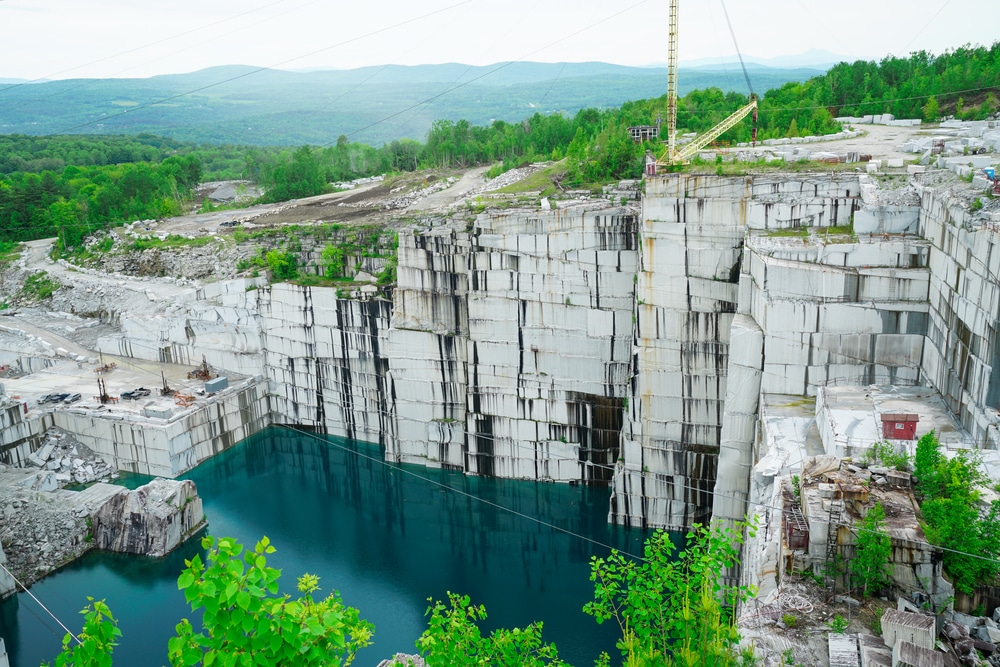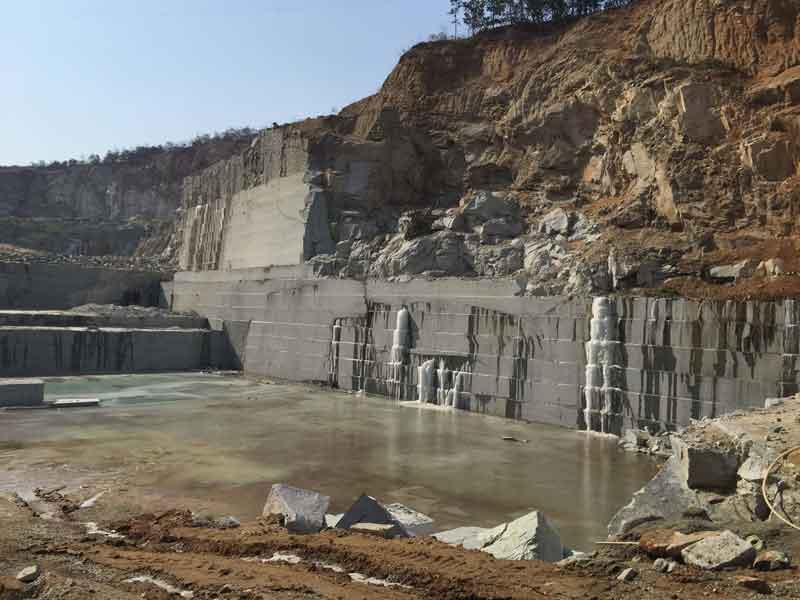Unlocking All-natural Treasures: Granite Quarries in South Africa Unveiled
Unlocking All-natural Treasures: Granite Quarries in South Africa Unveiled
Blog Article
Introducing the Mysteries of Granite Quarrying: Where Stamina and Elegance Meet
The world of granite quarrying is a world where the raw strength of nature assembles with human virtuosity to create frameworks that stand the test of time with an air of style. From the depths of quarries to the precise sprucing up in workshops, the procedure of transforming granite right into building marvels is an intricate dancing of tradition and advancement. As we peer right into the depths of this ancient craft, we begin to reveal the hidden complexities that shape the very significance of our constructed environment.
The Origins of Granite Quarrying
In the annals of building history, the origins of granite quarrying are shrouded in a tapestry of ancient workmanship and geological marvels. Dating back to old Egypt and Mesopotamia, the removal of granite from quarries noted the start of a journey that would at some point cause the production of several of the world's most iconic structures.
Granite quarrying's origins can be mapped to the proficient artisans who identified the rock's toughness and visual appeal. Through a mix of primitive tools and large resolution, these early quarry workers unearthed granite blocks that would become the structure blocks of human beings.
As civilizations developed, so did the methods of quarrying granite. The Romans, renowned for their design prowess, established sophisticated techniques for extracting granite to create monoliths, temples, and roadways that stood the examination of time.
The heritage of these old quarrying techniques continues to shape contemporary design, with granite remaining an icon of stamina and elegance in building and construction projects around the world. (granite quarries in south africa)
Devices of the Quarrying Profession
The evolution of granite quarrying strategies from old worlds to modern-day times highlights the important duty played by the devices of the quarrying sell forming the sector's practices. In old times, quarrying tools were simple, frequently including blades, hammers, and wedges made from products like bronze or iron. These devices needed significant workforce and time to essence granite blocks from quarries.

In addition, the introduction of pneumatic tools and high-powered machinery has significantly lowered the physical labor required in quarrying procedures, enhancing employee security and efficiency. As the quarrying industry remains to introduce, the devices of the profession continue to be at the center of driving development and shaping the future of granite removal.
Extracting Blocks of Granite
Making use of accuracy equipment and progressed strategies, the extraction of granite blocks from quarries has actually ended up being an innovative process in the modern quarrying industry. The preliminary step entails recognizing the place and size of the granite deposit to figure out the most efficient removal check my source method. As soon as a suitable website is selected, the removal procedure begins with the exploration of openings for the positioning of dynamites. Regulated blowing up strategies are then employed to break apart the granite into manageable areas.

Sprucing Up and Ending Up Techniques
To achieve a perfect surface on granite blocks, knowledgeable artisans utilize a series of careful sprucing up and ending up strategies. After the first removal and shaping processes, the granite blocks go through a thorough polishing phase to improve their natural beauty and sturdiness. One usual approach used in polishing granite is ruby abrasion, where commercial diamonds are utilized to grind and polish the rock to a smooth coating. This procedure not only produces a glossy surface area yet additionally ensures uniformity in shade and structure throughout the granite block.
In addition to sprucing up, ending up methods are applied to additional refine the granite's look. By thoroughly selecting and i was reading this applying these polishing and ending up techniques, craftsmens can transform raw granite blocks into elegant pieces that display both stamina and style.

Ecological Impact and Sustainability
With the growing focus on ecological awareness in the industry, granite quarrying practices are increasingly scrutinized for their effect on all-natural sources and lasting sustainability. Quarrying for granite can have considerable environmental implications. The removal process usually involves the use of heavy equipment, dynamites, and big amounts of water, causing habitat damage, dirt erosion, and water air pollution. Additionally, the transportation of granite from quarries to processing facilities generates carbon discharges, further contributing to ecological degradation. granite quarries in south africa.
To mitigate these impacts and guarantee sustainability in granite quarrying, industry stakeholders are embracing numerous measures. Executing advanced modern technologies to minimize energy consumption and water use, recovering quarried land for environmental repair, and promoting accountable sourcing techniques are some approaches being used. Additionally, certifications such as the Forest Stewardship Council (FSC) and the Management in Power and Environmental Style (LEED) help consumers determine eco-friendly granite products.
Conclusion
In verdict, granite quarrying is a process that needs specialized tools and strategies to extract blocks of granite and polish them to a high degree of coating. While the environmental influence of quarrying can be substantial, efforts are being made to improve sustainability techniques in the market. Overall, granite quarrying is a fragile equilibrium between taking advantage of the strength and beauty of this all-natural stone while decreasing its effect on the setting.
Report this page